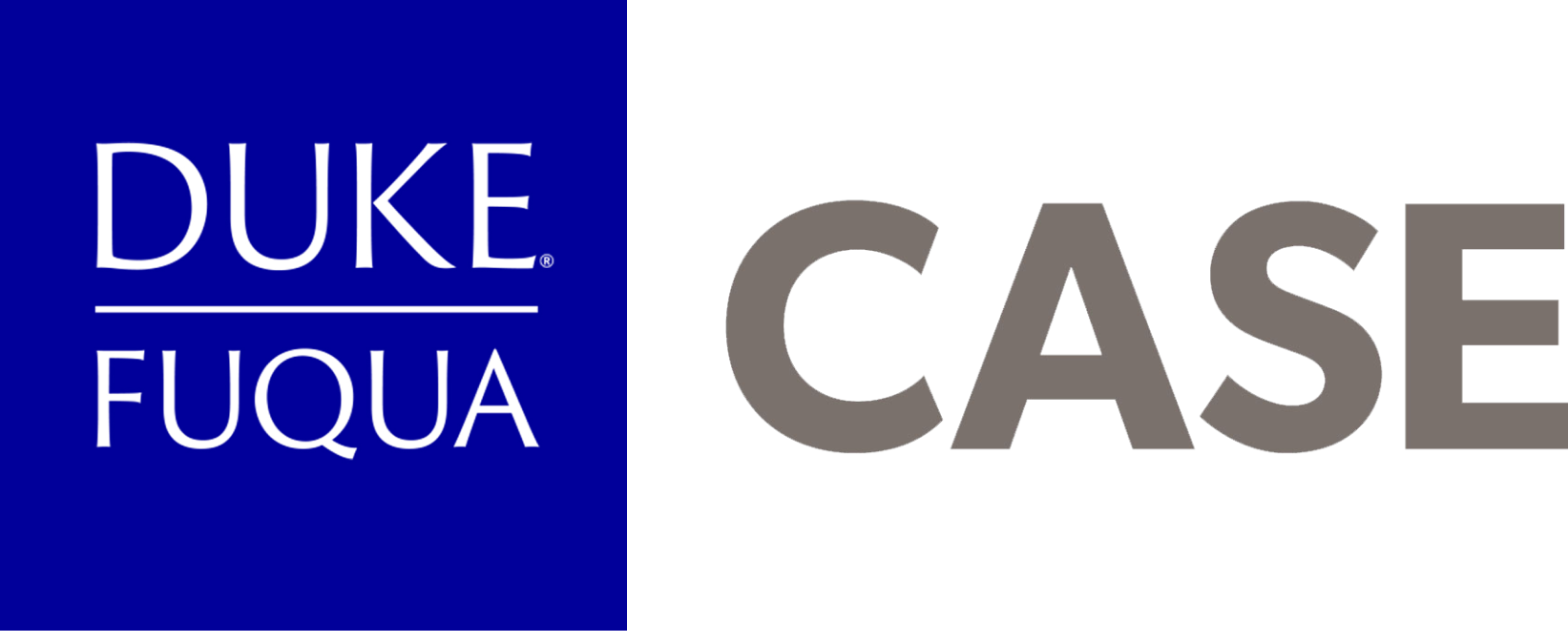This post originally appeared on Next Billion on October 19, 2015 with the title “NexThought Monday: Four Steps to Unlock the Potential of Impact Investing: SOCAP15 conference highlights critical areas where the sector should focus.” You can find the original posting here.

At the recent SOCAP conference, thousands of investors, entrepreneurs, academics and others gathered to discuss the latest in impact investing. The excitement about this growing field was palpable, as evidence accumulates that it is moving from the margins to the mainstream.
There was ample discussion of reports like “Introducing the Impact Investing Benchmark” from Cambridge Associates and GIIN, which show that impact investments in private equity funds do not necessitate concessionary returns and, in some cases, are even outperforming conventional private equity investments. And with keynote speeches from mainstream firms such as Bain Capital and Blackrock, alongside recent news about boutique investment advisory firm Imprint Capital Advisors being acquired by Goldman Sachs, the momentum is clear.
However, there’s another side of the coin: In spite of all this progress, impact investing still needs to evolve and develop to unlock its full potential. Based on conversations and panel discussions at SOCAP, here are four critical areas where the sector should focus.
1. More innovative financing
To ensure the dual objectives of impact investing – social and financial return – more creativity is needed around how to structure exits that will help to preserve the mission. Demand dividends, convertible notes, and revenue-based investing are just a few of the alternative exit structures that are providing options for both entrepreneurs and investors to decrease risk and ensure return.
SOCAP panelists also spoke of blending or stacking capital. As Debra Schwartz of the MacArthur Foundation put it, “For what I call ‘deep impact,’ you have to be prepared to blend public, private and philanthropic capital. Those kinds of investments are not just lying around. They’re made, not found.”
Blended capital has the potential to bring together philanthropic or public sector institutions that are willing to take on earlier stage, market-making risk while leading the way for more risk-averse commercial monies to bring investments to greater scale. However, the challenges of aligning expectations, perspectives and term sheets are high and need to be worked through in order for blended capital to make an impact.
To help overcome these challenges, great tools and experience from the field are being shared, including tips from Calvert Foundation’s Beth Bafford and a new report and toolkit from the World Economic Forum and OECD.
2. Increased investor segmentation
The sector must also focus on the needs of investors. A wide variety of investors are entering the impact investing marketplace with varied return expectations, risk profiles and more. Speakers noted the importance of listening to these investors to understand their motivations and create clear pathways that meet their needs.
As a recent Barclays study showed, despite 56 percent of the 1,800 retail investors surveyed having an interest in impact investments, only 9 percent had actually made impact investments. “People think that impact investing is way too complex, so it is simpler to give money through philanthropy and keep investments separate,” said Greg Davies, a behavioral finance specialist at Barclays.
In order to meet this growing interest and scale impact investing, we must continue the work of segmenting investors to better educate and help pave their way to impact investing.
3. Policy strengthening
Policy changes are critical to support the growth of the impact investing sector, and progress is being made. Recent developments include the new guidance released by the IRS to clarify, and hopefully unlock, mission-related investments in the United States, as well as the UK government’s decision to build on the Social Investment Task Relief by allowing for social venture capital trusts – an action that may unlock additional capital from investors. However, more work needs to be done – as noted by the recommendations of the G8 Social Impact Investment Taskforce.
4. Better support for social entrepreneurs
Finally, we need to increase our support of the social entrepreneurs seeking impact investments. Several times throughout SOCAP, I heard speakers plead with entrepreneurs to take on the “right capital” and be selective when developing theircapitalization table, so that they do not overly dilute their ownership, partner with the wrong investor, or make subsequent rounds of financing more difficult.
Of course, this is easier said than done, especially as investors propose more creative and complex financing mechanisms. As Cathy Clark, Director of the CASE Initiative on Impact Investing at Duke University noted, entrepreneurs need representatives, or “buyers’ agents,” who can help them navigate the complex financing marketplace. She also pointed out that it’s not just about understanding the financing terms, but also about entrepreneurs building the critical skills needed for effective communications and relationship management with investors. Clark announced a new set of CASE online modules, “Smart Impact Capital,” that will help social entrepreneurs do just that.
Although there is still important work left to do to ensure that rigor, standards and proper support infrastructure is in place to continue to grow the field of impact investing, I always come out of SOCAP feeling the excitement of a field building momentum and developing the potential to make our capital markets work better for social impact. Working together, we can create innovative solutions to these current hurdles and find an even stronger, more robust impact investing environment at the next SOCAP.

